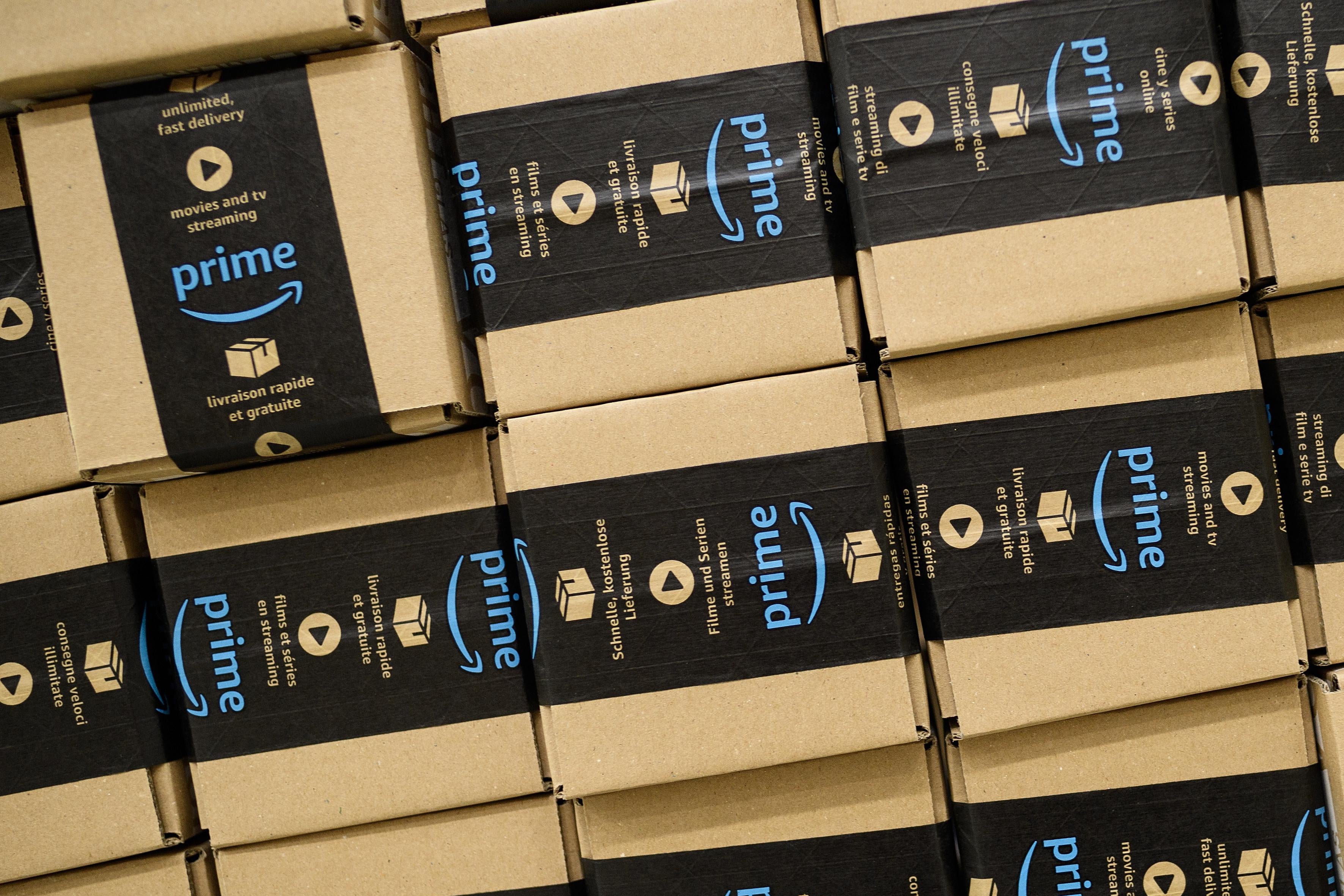More than Costco. Fewer than Netflix. More than just about any other subscription service you could name.
One hundred million: That’s how many people subscribe to Amazon Prime, according to CEO Jeff Bezos’ annual shareholder letter, published Wednesday. Those 100 million members bought some 5 billion items on Amazon in 2017, Bezos added.
It’s the first time Amazon has released the worldwide subscriber number for its premium service, which launched in 2005. The figure had long been a topic of industry speculation, with at least one recent estimate putting it around 80 million. The service costs about $100 per year in the United States and comes with free two-day shipping on many products; access to streaming music, video, and e-book libraries; and an array of other discounts and perks.
Bezos’s letter also indicates that Amazon is beginning the work of integrating Prime into Whole Foods after purchasing the grocery chain for $14 billion last summer. Whole Foods told members of its loyalty program on Wednesday that it will soon be discontinued.
100 million is a lot of subscribers, especially when you consider that many of those accounts are used by more than one person. To get a sense of just how big the program is, it helps to look beyond Netflix and Costco. Yahoo Finance’s Daniel Roberts tweeted a breakdown of how Prime compares to a few other popular subscription services:
Note that those are all streaming services, whereas Amazon Prime is part streaming service and part retailer. Costco, its retail competitor, has some 90 million cardholders, though only 50 million paid accounts, while retail giant Walmart no longer offers a comparable subscription service.
This puts Amazon Prime in a unique position as a gateway to a wider variety of services than any direct competitors. It may not enjoy quite the dominance in every category that Netflix does in streaming video (although it is even more dominant in books and e-books). But the company’s wide reach—from streaming media to goods to groceries; from tablets to smart speakers to TV set-top boxes—gives Prime an ecosystem whose only real peers are Apple and Google.
A reminder of yet another industry Amazon Prime affects came in the form of a tweet from an editor at the Washington Post, which Bezos also owns. Bezos has forged a partnership between his newspaper and his retail empire, such that Prime members get six months’ free subscription to the Post. That gives it a significant market advantage in the battle for national subscribers.
Whether any of this constitutes a monopoly is a question that theorists can debate. Certainly Amazon Prime’s 100 million members still have choices as to what to buy. But their paid subscriptions constitute both a steady revenue stream and a lever for Amazon to promote all kinds of products in myriad different categories.
In short, Amazon still has plenty of competitors. But its vast reach gives it the power to make life rather hard on all of them.
You can read Bezos’ full letter here.
